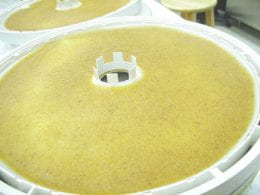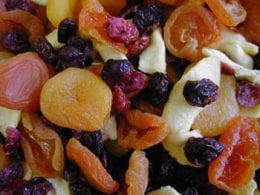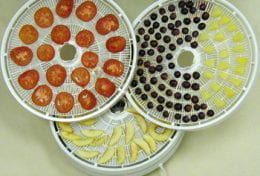
Photo: Canva.com
Dehydration of food is one of the oldest forms of food preservation that dates back thousands of years. While technology has advanced over time, the art of sun drying is still relevant in dehydrating foods. The most popular foods that are sun dried include tomatoes, apricots, figs, raisins, dates, and prunes.
Commercial sun drying operations rely on climate. It is necessary to have long amounts of time of hot, sunny weather with very low humidity. The best locations are California’s Central Valley, Middle Eastern deserts, the Mediterranean, and some South American locations. Large amounts of space are needed to spread out the trays of fruit. It is estimated that one acre of space is needed for every 10 acres of harvested fruit.
Sun drying is one of the most sustainable methods of preserving food because it does not require electricity or fossil fuels. This method also preserves the fruit flavor due to the slow drying process. It is also a great way to “upcycle” fruit and reduce food waste.
While sun drying exposes food to the open environment, a sulfer deters pests effectively. Drying yards are also closely monitored for any problems. The practice of sulfuring prevents microbial growth. Some fruits are steam treated, instead of sulfuring, to prevent microbial growth. If a food is treated with sulfur, it will be stated on the label as some consumers are sensitive to sulfites.
Sun drying foods at home is a possibility, but is dependent on the climate. In Kansas, sun drying is difficult due to high humidity.
Source: Food Technology, November 2025


 Dehydrated fruit is an easy way to have ready-made snacks or to add a pop of fruit to cereal, yogurt, or homemade cookies. Dehydrating is the oldest food preservation method to remove moisture from food which prevents bacterial growth.
Dehydrated fruit is an easy way to have ready-made snacks or to add a pop of fruit to cereal, yogurt, or homemade cookies. Dehydrating is the oldest food preservation method to remove moisture from food which prevents bacterial growth.


